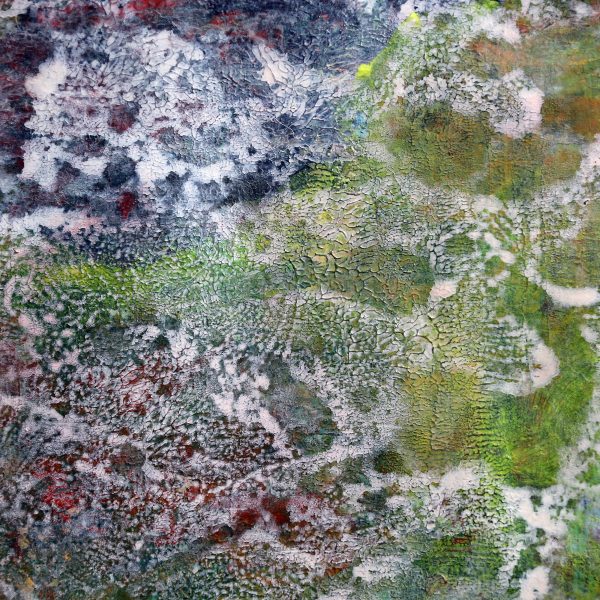Learning environments: a sensory landscape

Learning environments are a principal focus of educators’ energy, attention and creativity. Educators know that respectful and beautiful environments don’t just happen, whether indoors or outdoors. Many hours are spent thinking about and preparing environments to support children’s learning and development. ‘In the early years, the environment is the curriculum.’ (Lewin-Benham 2011, p.67)
A particular aspect of learning environments that contributes so much to the overall ‘feel’ of children’s programs is the sensory-scape. As the name suggests, the sensory-scape influences the senses and engages children in a variety of ways with sound, vision, touch and aroma. Alongside quality practice, the sensory-scape is what creates the feeling of welcome and belonging for each child, family and educator. It contributes to a sense of calm and yet offers intrigue. It provides familiarity and a sense of home and also entices with the promise of wonder and adventure. In the sensory-scape environment, natural items abound and provide inspiration for the imagination.
‘Our senses are ultimately the gateway to all learning.’ (Gascoyne & Raban 2012, p.69)
So what might a sensory-rich learning environment contain? A useful place to begin is with the seven principles of design for learning spaces that are outlined in the book Inspiring Spaces for Young Children (Deviney et al, 2010). Many educators will recognise some or all of these principles that are visible in their current learning environments:
• Environments that celebrate the wonder and diversity of nature
• Colour palettes that soothe, subtly harmonise with the space and enhance the environment
• Quality furnishings thoughtfully arranged which assist to define learning areas
• Textures that provide visual interest, depth and the potential for unique tactile experiences
• Displays that reflect real life and honour children’s contributions
• Elements such as varied sources of light and sound help to create a serene and relaxed atmosphere
• Focal points to draw the eye and attention of children and adults
These design principles accentuate the sensory experiences for children and adults with the familiar external senses of touch, sight, smell, taste and hearing. They also encourage consideration of environments to support the development of internal senses:
• vestibular (balance and equilibrium)
• proprioceptive (body position in space)
• kinaesthetic (movement)
• baric (weight)
• thermic (temperature)
(Gascoyne & Raban 2012, p.14)
Conducting regular mini-audits of your learning environments to re-connect with the sensory-scape will uncover possibilities for enrichment across the program.
Here are some questions to get started…
• When and where are there opportunities for children to play with a range of colours, sounds, textures and smells? To arrange and rearrange them? To change them? (Lewin-Benham 2011 p.74-75)
• Which senses are currently catered for in the learning environment? When? How?
• Which senses are less stimulated in the current learning environment? E.g. are there varieties of scent and aromas?
• What does the documentation of children’s learning reveal about each child’s sensory preferences?
• Where does the sensory-scape feature in program documentation? E.g. planning, evaluations, learning stories?
• Does the current sensory-scape invite, deter or over-stimulate children? E.g. are educators mindful of volume and styles of music played?
• How do educators assist children to use sensory spaces and equipment responsibly and inventively?
Carla Rinaldi urges educators to ‘think of the environment not as a shell but as a skin – how does it change with those in it? How is it nourished?’ (Rinaldi 2013, p.28). By creating and sensitively maintaining sensory-rich environments educators offer learning spaces that are worthy of children.
This article first appeared in the Gowrie Australia publication Reflections and has been re-shared here with publisher permission. To read the original copy, including full reference list and support links, please see here.
Popular

Economics
Policy
Provider
Workforce
Prime Minister Albanese backs Tasmanian Labor’s childcare plan, highlights national early learning progress
2025-06-30 10:42:02
by Fiona Alston

Economics
Provider
Quality
Practice
Policy
Workforce
South Australia announces major OSHC sector reforms aimed at boosting quality and access
2025-06-30 09:49:48
by Fiona Alston

Events News
Marketplace
Practice
Provider
Quality
Research
Workforce
How do you build and keep your dream team? ECEC Workforce and Wellbeing Forum tackles the big questions
2025-06-24 15:20:53
by Fiona Alston












